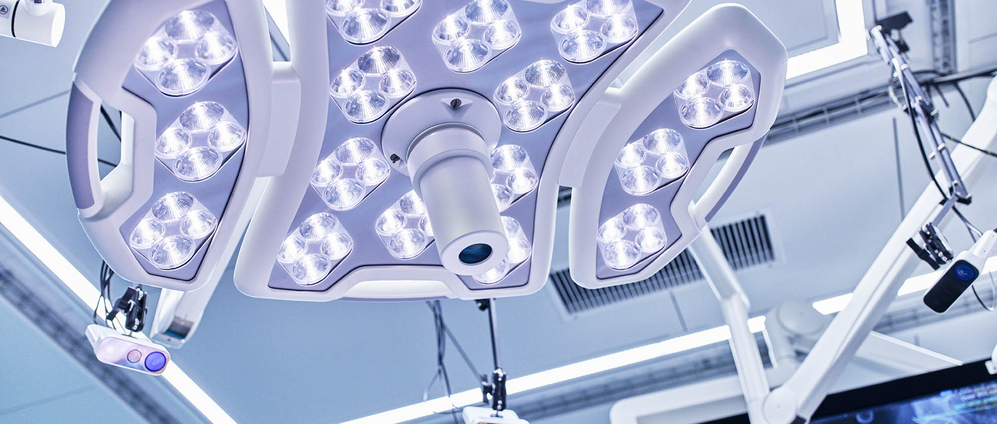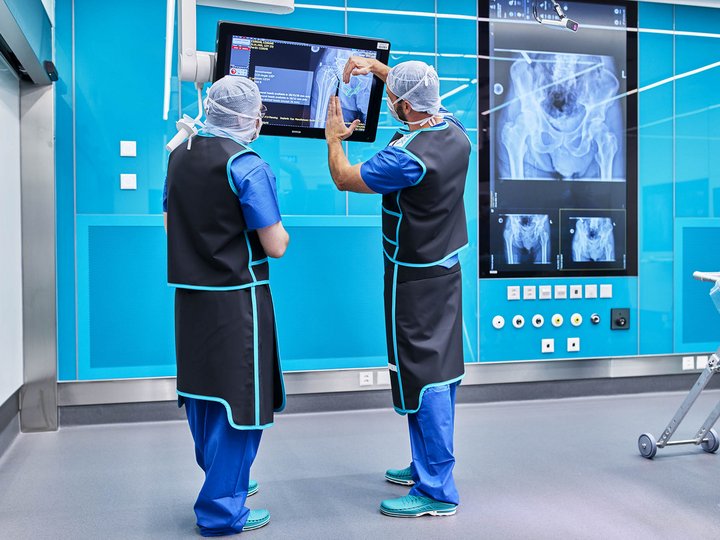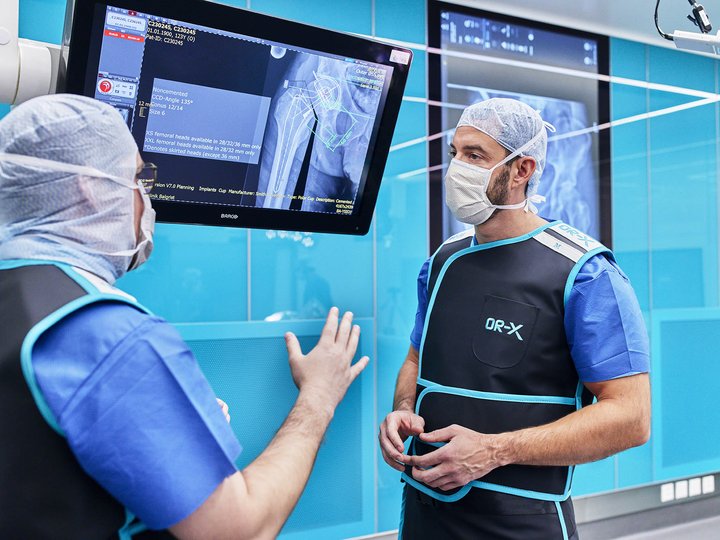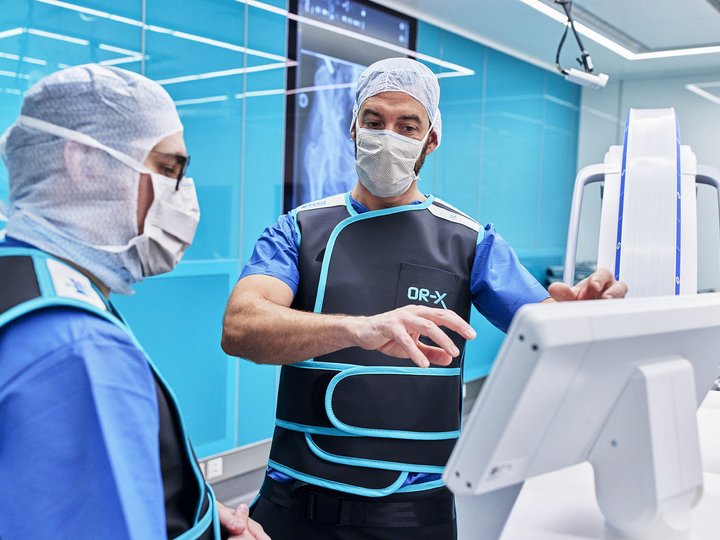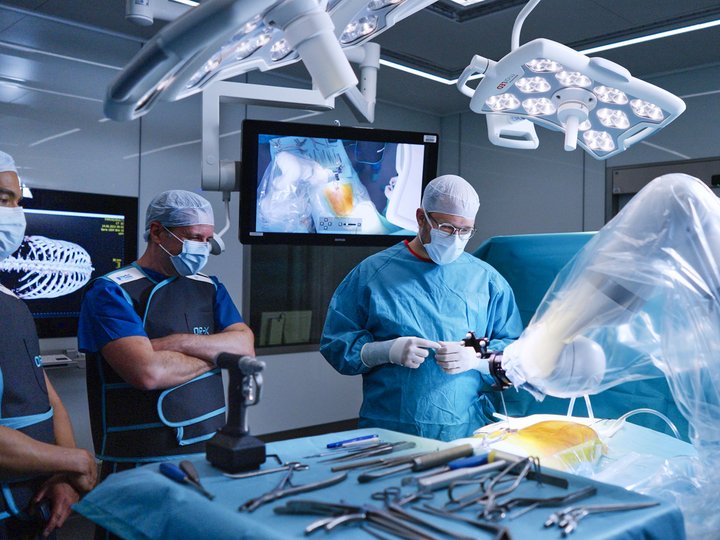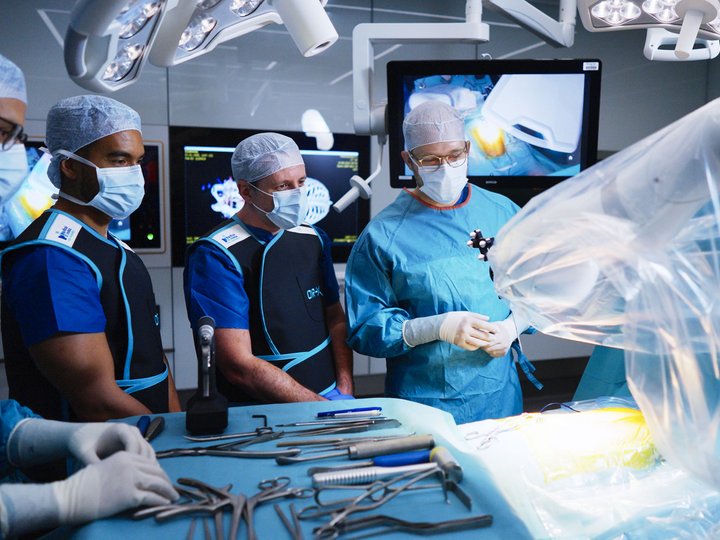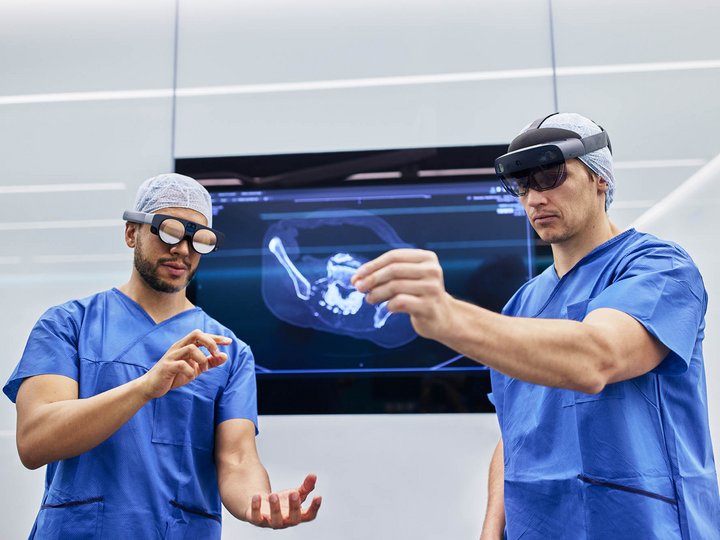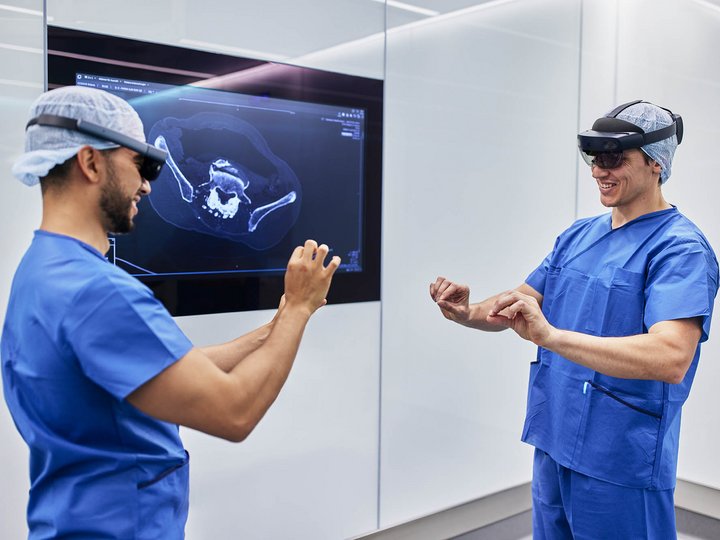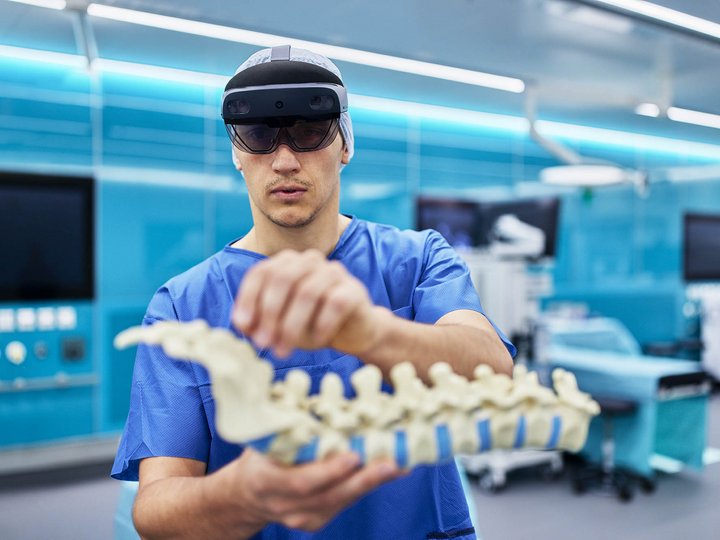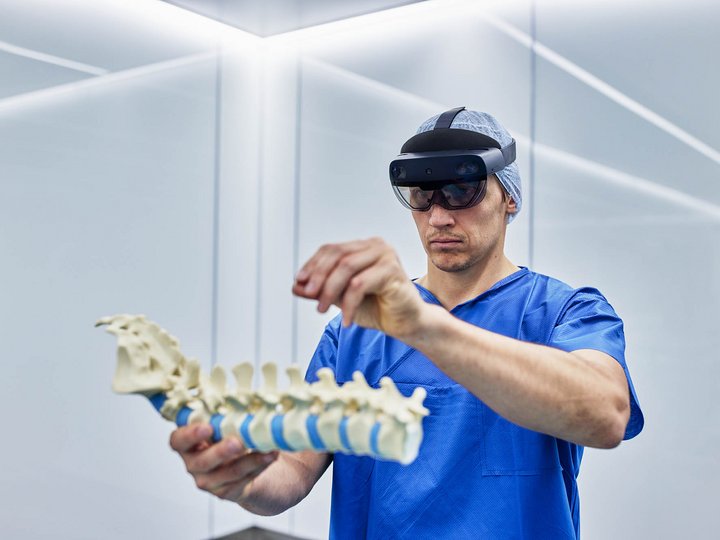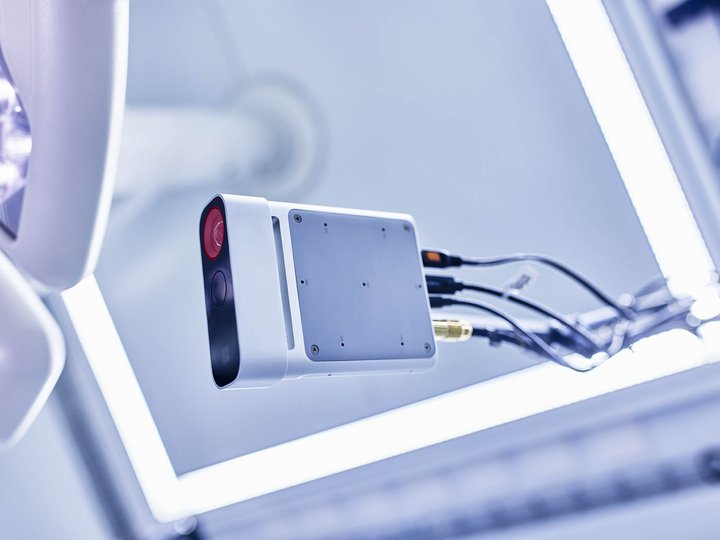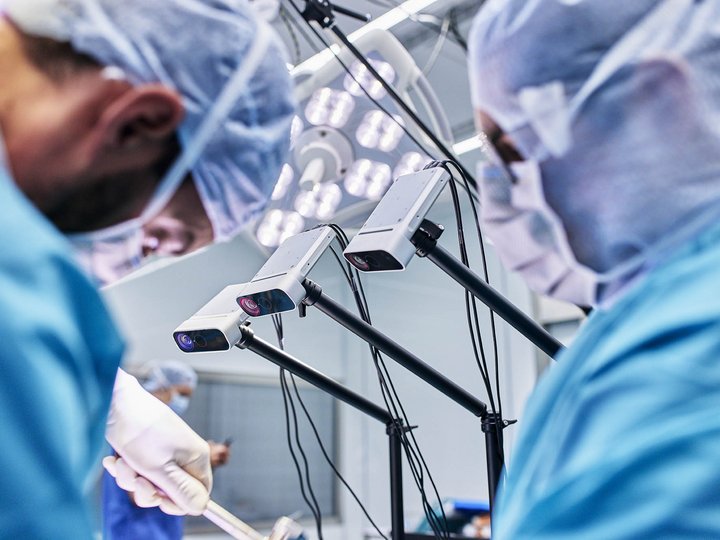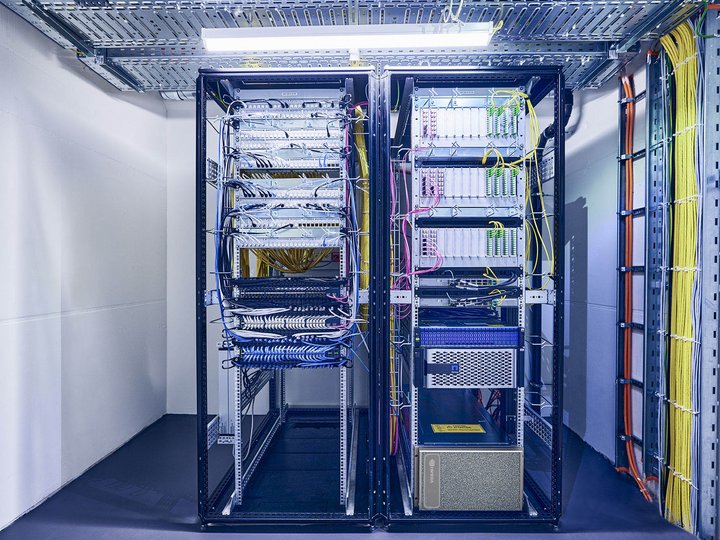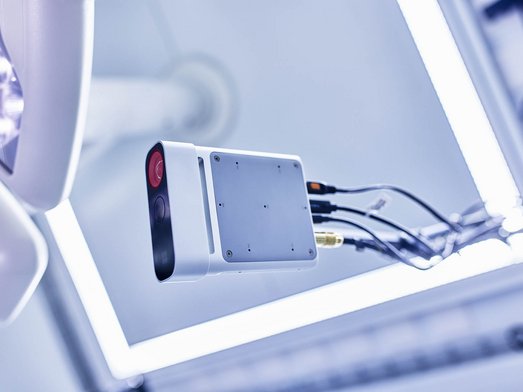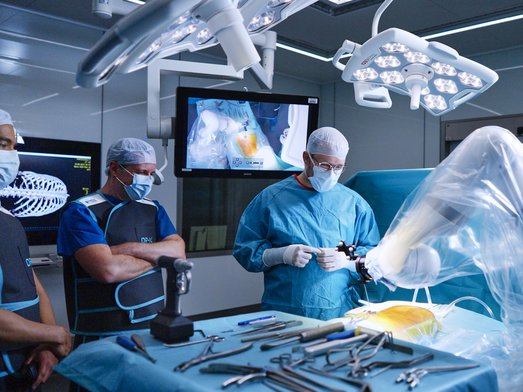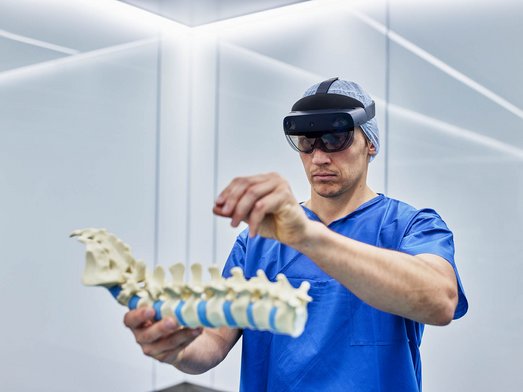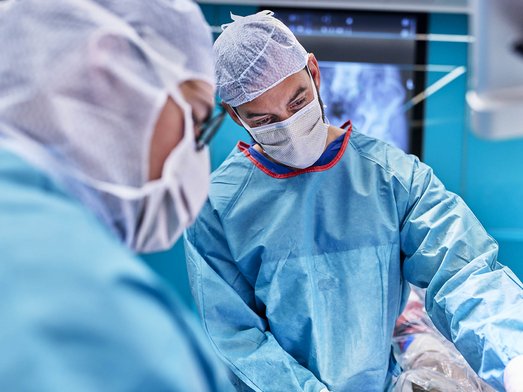Intraoperative imaging is essential for experiments that require high-resolution visualization and immediate data access. Our wide range of imaging systems can be integrated into the Brainlab Digital OR to support real-time navigation and evaluation of new workflows. This enables researchers to conduct studies under conditions that reflect clinical reality and to validate procedures with directly available datasets.
Cone Beam CT – Siemens Cios Spin (standard device)
- Mobile 3D imaging system for intraoperative use
- Quick acquisition of high-resolution volumetric data
- Optimized for orthopedic, spinal, and trauma procedures
Ziehm Vision FD (CMOS) C-Arm
- Mobile fluoroscopy unit with flat-panel detector technology
- Ideal for interventional procedures and continuous imaging
Ultrasound SuperSonic Aixplorer Ultimate
- Non-invasive, radiation-free, real-time imaging technique
- Interface for real-time data access
